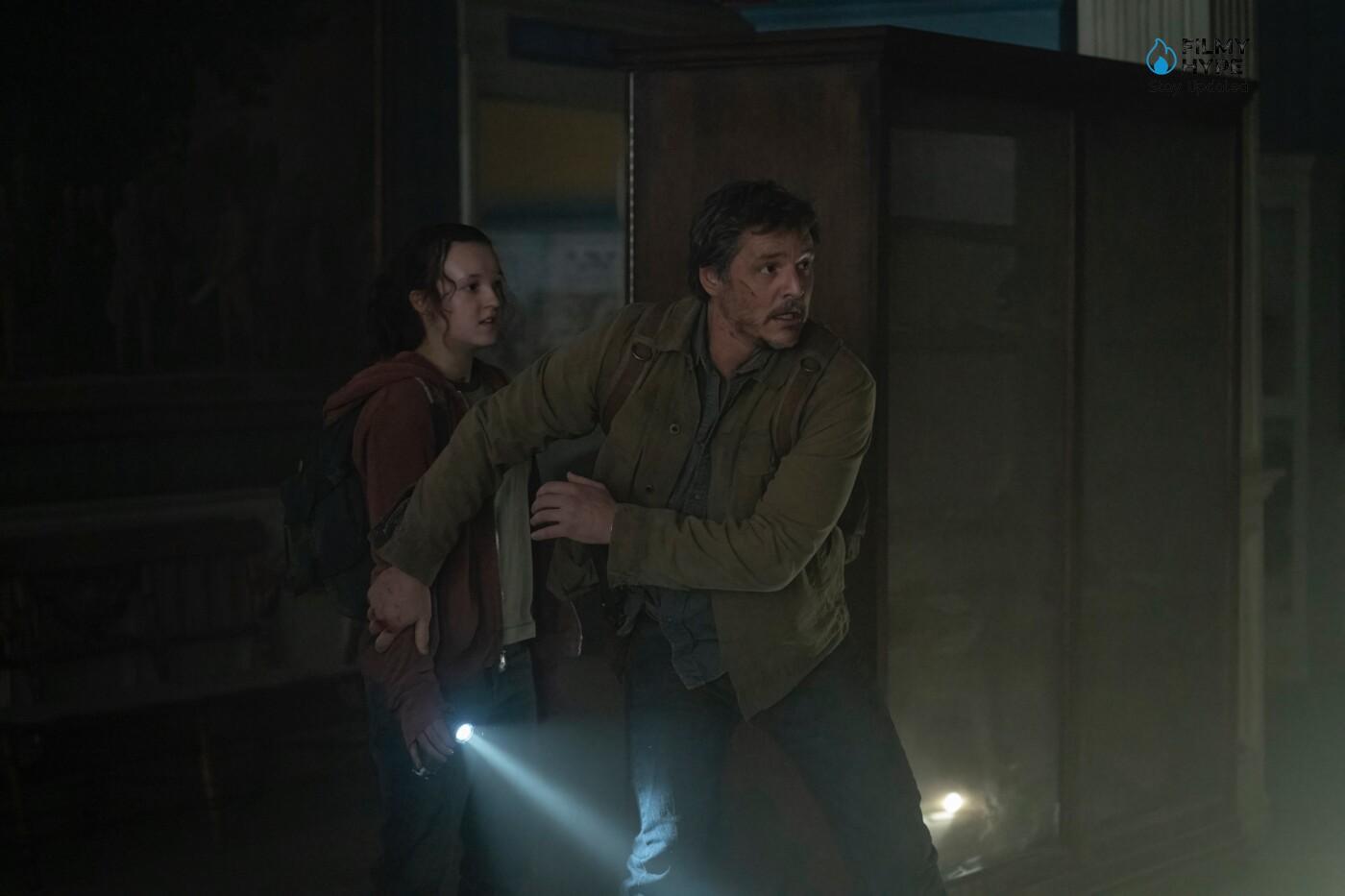The Last of Us: The Heartbreaking Meaning Behind The Outbreak
Faced with the daunting task of adapting an extremely deep and story-driven video game like The Last of Us, it was clear that one of the major hurdles to overcome for HBO’s adaptation would involve finding the right blend between the creator’s empathic care Neil Druckmann and the spasmodic search for reality so dear to showrunner Craig Mazin. The approach chosen by the two has proved successful in these first few weeks, confirming the good things shown at the debut and in the second episode exclusively on HBO Max (as written in our review of The Last of Us Episode 2).

Part of this merit is mainly due to some juicy additions that allow the observer to obtain a lot of information on the state of public opinion and the pandemic outbreak; elements, these, deliberately left in brief hints or pills in the original work so as not to distance the player’s focus from the characters and the development of the plot. Mazin’s imprint is perceived in the initial sequences of these first episodes, where a completely original subtext is made through a raw and vehement message which, as in Chornobyl, aims at the consciences of the observer even before the narrative impact.
The Last of Us: The Unstoppable Fungal Horror
We have already talked about fungal infection, providing more information on Cordyceps and the ways of contagion shown in the game and the series. If the careful research carried out in the pre-production phase has provided essential elements for the representation of the mycotic epidemic, the creative and authorial work that has allowed the drift of the contagion to be told uniquely has proved to be equally crucial in transmitting to the spectator anguish and terror for a seemingly plausible sequence of events.
Masterfully exploiting that pseudo-historical approach, covertly critical, but imbued with scathing morality that brought him to success, Mazin elaborated the material offered by Druckmann and built around it a context very close to whoever is on the other side part of the screen. In this way, even those who have explored the original work from top to bottom could not help but find themselves shocked and amazed before a “true” development, perceptible in every breath or gesture of the characters involved. After experiencing some of the dynamics of a real pandemic on their skin, anyone could have perceived with extreme empathy the imminent danger of an unstoppable contagion.
However, the difference here becomes important, because what HBO shows in the opening sequences not only explains what would have happened but exploits a potentially very useful expository moment to launch a terrifying social message. There is no coincidence behind the fungal evolution and the innovative ability of Cordyceps to infect humans as well: the main cause of infection in the world of the series is global warming. The high temperatures have allowed fungi to evolve and adapt to the high temperatures of the human body, thus making it a perfect host for their proliferation.
To deepen the phases preceding the contagion, the second episode instead shifts the attention to Indonesia: according to the information obtained during the series, Jakarta was the epicenter of the pandemic drift, and its high population density amplified the spread of the infection. The approach of scientists in the face of such events is chilling, as there seems to be no way out of defeat for mankind. However, if the resignation of the mycology professor appears understandable in the face of a fait accompli, the same cannot be said of the lightness with which the hypothesis of the phenomenon was treated in 1968.
Man and Craftsman
As mentioned by Mazin himself, everything that is explained on the talk show is real, it already happens in the animal world and there are several studies on which to obtain the same information. Leaving aside the catastrophic future developments, the idea of citing that LSD comes from the fungal world proves to be very useful in allowing the observer to understand that the elements addressed in the series are tangible and present. Despite the tension triggered by the monologue, it would surely be wrong to worry about what the scientist’s ominous prophecy hints at on the surface.
Mushroom evolution would hardly lead the world to fill up with Clickers, but what acquires inestimable value is hidden between the lines of that speech full of pathos: faced with potentially avoidable phenomena, it is the typical fallibility of the human soul that becomes the architect of its ruin. Not covertly taking a position regarding the development of an extremely current problem on which it is necessary to act, The Last of Us exploits its sad decadence to directly affect the viewer.
What makes us shiver doesn’t concern the pandemic drift at all, but the representation of man’s blatant ignorance, who becomes short-sighted of what is happening around him and only becomes aware of a danger when his problems become evident. The HBO series bluntly shows one of the worst horrors recently seen on TV through a scene as emblematic as it mirrors the real world: a man of science exhaustively explains a complex phenomenon and a consequent threat, but the world remains silent and does nothing to avoid it.



